Why are my sheets pilling? (and how to prevent it)
8th Aug 2025

If your favourite sheets have seen a lot of use, you may start to notice them… showing their age (for lack of a better term).
One of the most common signs of wear and tear on sheets is pilling. Those pesky little fuzz balls — known as “pills” — can turn your perfect night’s sleep into a bedding nightmare. And even the highest quality sheets can transform from super soft and smooth to pebbly and pilling with enough wear or incorrect care.
So, let’s unravel the mystery behind pilling and how to keep your sheets feeling like new.
What is pilling anyway?
Pilling occurs when fibres in the fabric break, tangle, and form tiny balls on the surface. This is often due to friction from tossing and turning, or from washing and drying. Even high-quality sheets can pill if not cared for correctly.
What are the common culprits behind pilling?
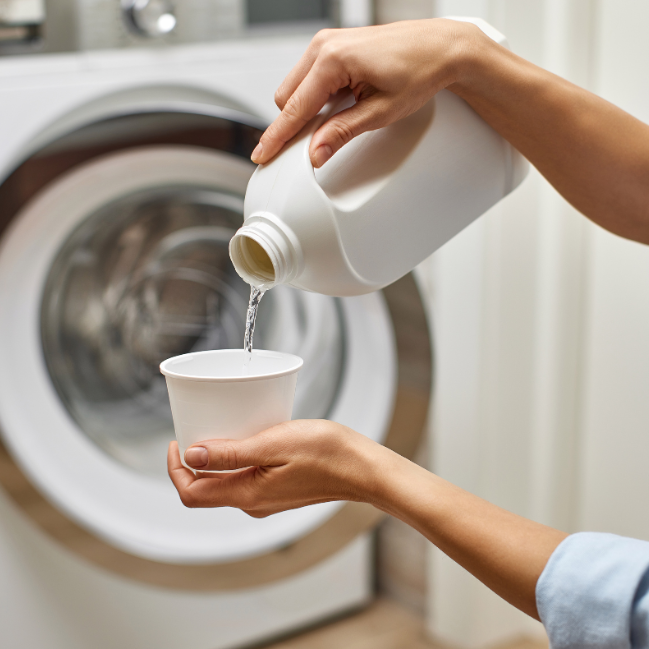
1. Friction: Constant rubbing — whether it's from your tossing and turning or even the rough skin on your heels — can wear down fibres and cause those little bobbles to pop up, especially at the foot of the bed
2. Short fibres: Sheets made with shorter fibres tend to loosen and break more easily, which makes them far more likely to pill after just a few washes
3. Harsh detergents: Using strong chemical cleaners can strip and weaken fabric fibres, setting the stage for pilling. Gentle, pH-balanced products are your sheets’ BFF
4. High heat: Hot water and overly enthusiastic tumble drying can damage the structure of the fibres, making them snap and pill faster than you can say “where’s my lint roller?
What materials are most prone to pilling?
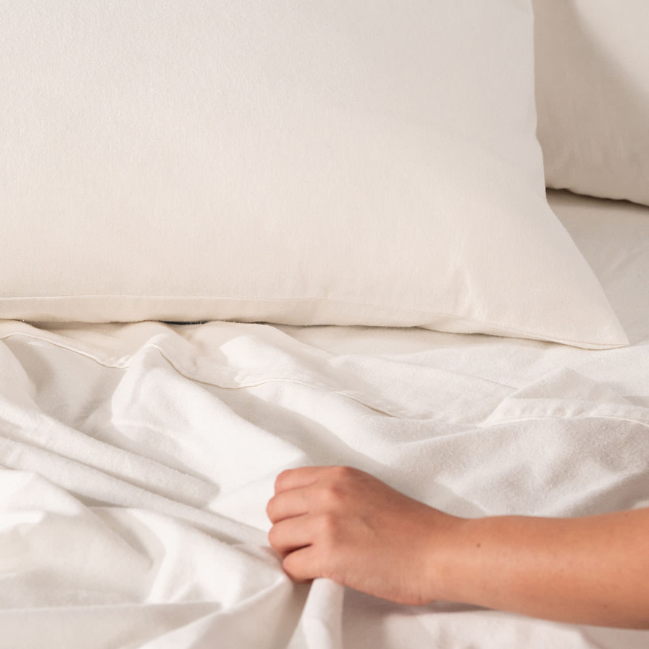
● Short-staple cotton: These shorter fibres have a habit of breaking free and tangling up into pills. They're more fragile than their long-staple cousins and tend to wear out quicker, especially after repeated washing
● Microfibre: While affordable and soft at first touch, microfibre sheets are made from synthetic materials that are more prone to static and friction, basically a recipe for pilling if you're not careful
● Flannelette: Warm and cosy, yes — but flannelette's brushed finish can catch and pull at fibres, making it especially prone to pilling. It’s normal to experience some natural pilling or fluffing at the beginning, and this usually settles after a few washes.
Pro tip for flannelette care:
Use a small amount of laundry detergent on a gentle, cool wash — and wash flannelette sheets on their own.
After washing, give your sheets a good shake to help release any loose fibres or balling.
Line dry in the shade to avoid friction and preserve the brushed finish.
Want to avoid the fuzzies altogether? Opt for long-staple cotton sheets like Canningvale’s Egyptian Royale or Mille 1000 Thread Count sets. These longer, stronger fibres are less likely to pill. Our Alessia Bamboo Sheets are another fab choice—silky smooth, naturally breathable, and pilling-resistant thanks to bamboo’s luxe, long fibre structure.
Our picks
How do you prevent pilling?
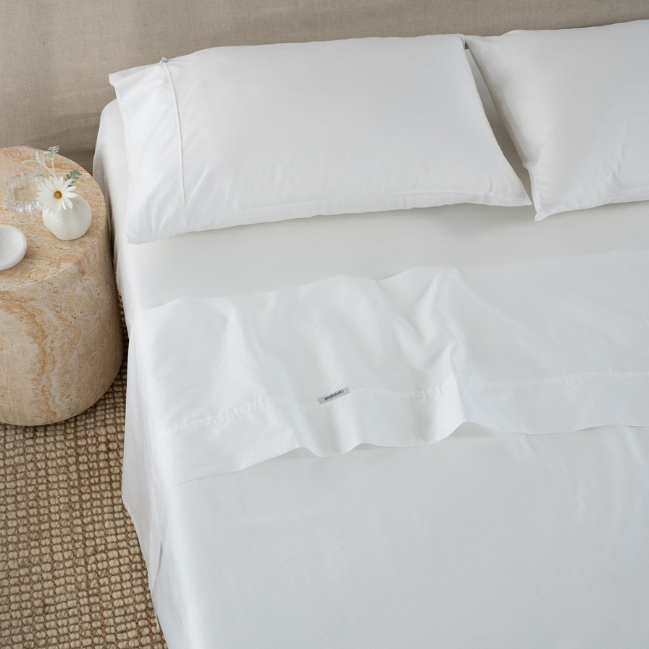
● Choose long-staple fibres: for sheets woven from long-staple cotton like Egyptian or Pima. These longer, stronger fibres don’t snap as easily under pressure, meaning fewer fuzz balls and a smoother sleep for longer
● Wash with care: Cold water and a gentle cycle are your bedding’s best mates. It’s also key to avoid stuffing the machine — overloading can cause unnecessary friction and damage to the fibres
● Skip the fabric softener: We know it smells lovely, but fabric softeners can leave behind residue that weakens the fibres and speeds up pilling. Your sheets deserve better
● Dry gently: High heat is a fibre's worst enemy. Stick to a low tumble or line drying when you can — it's kinder on your sheets and the planet
● Rotate your sheets: Give your favourite set a break now and then. Rotating between multiple sheet sets helps spread out the wear and tear, so they all last longer
● Use a gentle detergent: A pH-balanced, eco-friendly formula like Canningvale’s Signature Concentrate Laundry Liquid is made for delicate fabrics — no nasties, just effective cleaning that keeps fibres strong and sheets smooth
Our picks
Dealing with existing pills
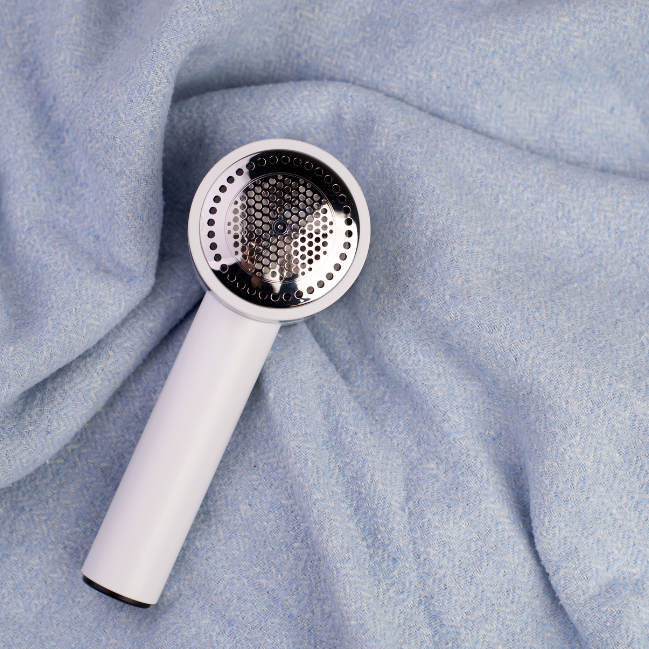
If your sheets have already pilled, don't fret. Use a fabric shaver or a sweater comb to gently remove the pills. Be careful not to damage the fabric.
Alternatively, a small pair of scissors may help you cut the pills off sheets. If you use this method, be particularly careful to avoid cutting holes in your sheets.
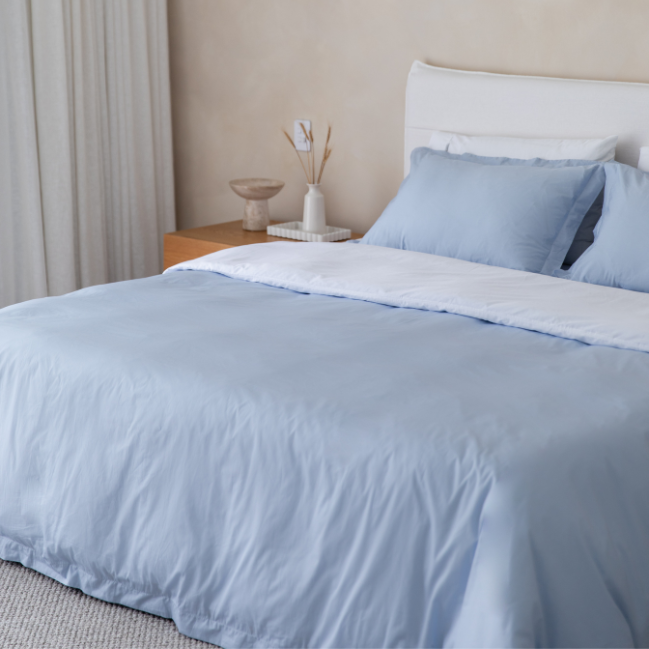
Pilling might be a pain, but it’s totally preventable with the right know-how and a little TLC. By choosing the right fabrics and showing your sheets some gentle love, you can keep your bedding feeling fresher, smoother, and ready for many more dreamy nights.
So here’s to fewer fuzz balls, and more “ahhh” moments when you slip into bed.

 Bedroom Clearance
Bedroom Clearance







 Australian Dollar
Australian Dollar
 New Zealand Dollars
New Zealand Dollars
 US Dollars
US Dollars
